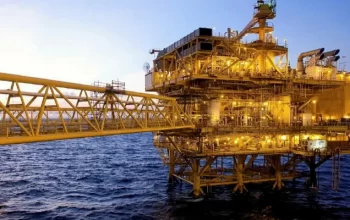Despite concerns about underinvestment in the upstream sector, peak oil and gas demand can be met in the 2030s without a substantial increase in current annual investment levels of $500 billion.
Current upstream spending is a little more than half of the $914 billion 2014 peak (in 2023 terms), according to the report titled “Enough is Enough? Debunking the Myth of Upstream Investment.” This apparent shortfall has fed a widespread belief that the industry is underinvesting and that a supply crunch is inevitable, be it sooner or later.
“This was never Wood Mackenzie’s opinion,” said Fraser McKay, Head of Upstream Analysis for Wood Mackenzie. “Our long-held view has been that spending and supply would rise to meet recovering demand, and that the upstream industry would not and could not reprise the ignominious years of ‘peak inefficiency’ during the early 2010s.”
With oil demand bouncing back from pandemic lows, Wood Mackenzie predicts it will eclipse pre-pandemic highs in 2023. From 2024, oil demand growth will slow, reaching a peak of 108 million barrels per day (b/d) in the early 2030s.
Most of the industry’s oil and gas investment for the rest of this decade will target advantaged resources: those with the lowest cost, lowest emissions, and least risk. Beyond that, new supply will become more expensive to develop. To meet demand, the industry will depend increasingly on late-life reserves growth from legacy supply sources, higher-cost greenfield developments, and as-yet-undiscovered volumes.
![]()




